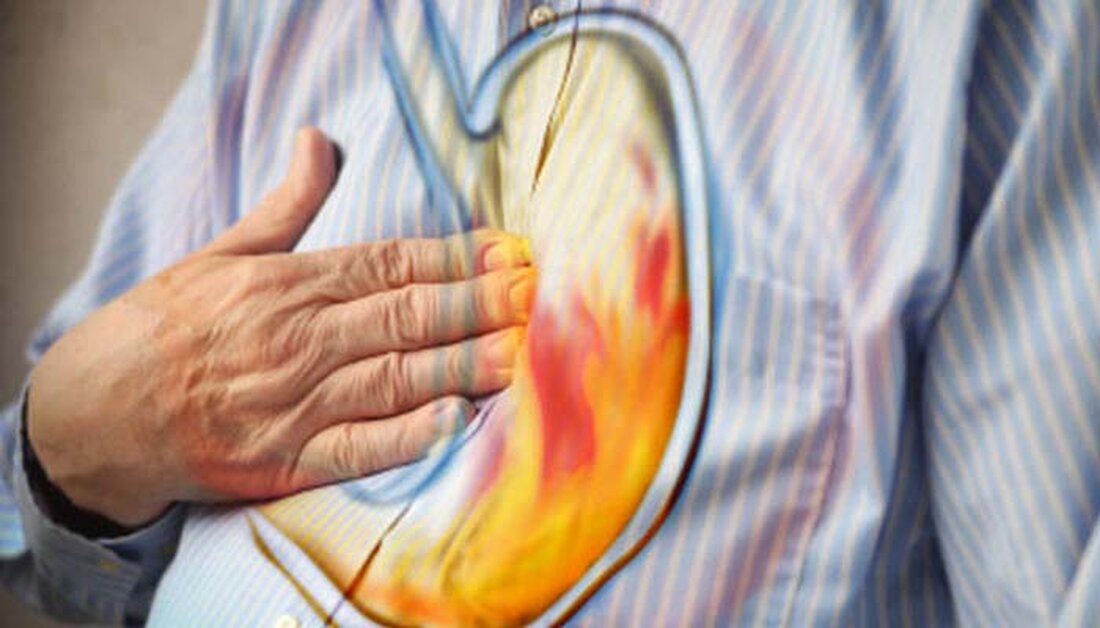Eat alkaline foods to neutralize acid reflux
Eating more alkaline foods is a great way to balance your diet and reduce the effects of acid reflux disease. In fact, a highly acidic diet can be the cause of many other health problems besides acid reflux disease. A low alkaline diet makes the cells and fluids in the body too acidic. This is a major problem in many Western countries, particularly in North America, where the normal high-fat, high-sugar diets can cause acidosis. Diets low in alkaline foods are also blamed as the cause of many diseases, particularly rheumatic and arthritic diseases. And according to author Michal Cogan...

Eat alkaline foods to neutralize acid reflux
Eating more alkaline foods is a great way to balance your diet and reduce the effects of acid reflux disease. In fact, a highly acidic diet can be the cause of many other health problems besides acid reflux disease.
A low alkaline diet makes the cells and fluids in the body too acidic. This is a major problem in many Western countries, particularly in North America, where the normal high-fat, high-sugar diets can cause acidosis. Diets low in alkaline foods are also blamed as the cause of many diseases, particularly rheumatic and arthritic diseases. And according to author Michal Cogan in his book, the New Diet “acidosis destroys bones because the body must steal alkalizing minerals from them to prevent the blood pH from falling into the acid range.”
Symptoms of a highly acidic diet
Common symptoms of an overly acidic, unbalanced diet can include: diarrhea, water retention, migraines, fatigue, bad breath, insomnia and a burning sensation on the tongue and mouth. More serious consequences of acid reflux disease include asthma, chest pain and even coughing up blood in erosive esophagitis.
Alkaline diets are designed to combat a variety of health problems such as diabetes and obesity and to support weight loss. These alkaline food diets should also be used in conjunction with a healthy eating plan that includes more smaller meals throughout the day rather than just a few large meals.
The correct alkaline-acid balance varies slightly from person to person and also depends on your activity level. Typically, the more active you are, the more alkaline foods you need to consume. In general, the ratio of acidic to alkaline foods should be between 2:1 and 4:1.
Alkaline foods include; Almonds, coconut, buttermilk, yogurt, raisins, melon figs, olives, bananas, chocolate, avocado, grapes, potatoes, pumpkin, spinach, lettuce, artichokes, broccoli, cucumber and mushrooms.
High acid foods include; Beans, butter, cheese, vinegar, coffee, tapioca, eggs, meat, prunes, prunes, blueberries, wine and other alcoholic beverages. Tobacco and recipes that contain ash are also considered acidic.
In addition to acidic and alkaline foods, there are also a large number of neutral pH foods. These include; Sugar, honey, syrup, margarine and cooking oils.
Acid reflux happens when the sphincter between the stomach and esophagus relaxes when it shouldn't. This allows stomach acid to flow into the esophagus. When this acid reflux occurs frequently, it is called acid reflux disease or gastroesophageal reflux disease (GERD). This can eventually lead to erosion or sores developing in the esophageal lining.
There are a number of different types of medications and medications commonly used to combat heartburn and other symptoms of acid reflux disease. but for the whole body.
Inspired by Nat Brown

 Suche
Suche
 Mein Konto
Mein Konto
